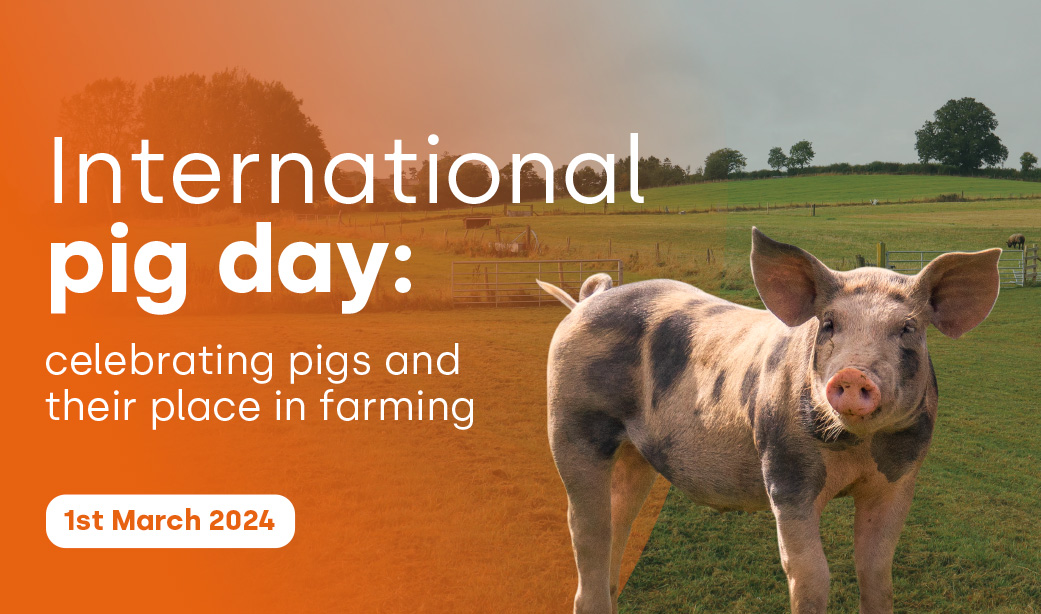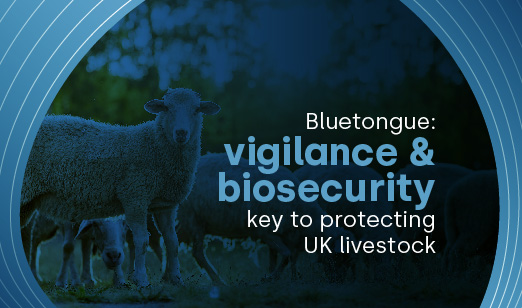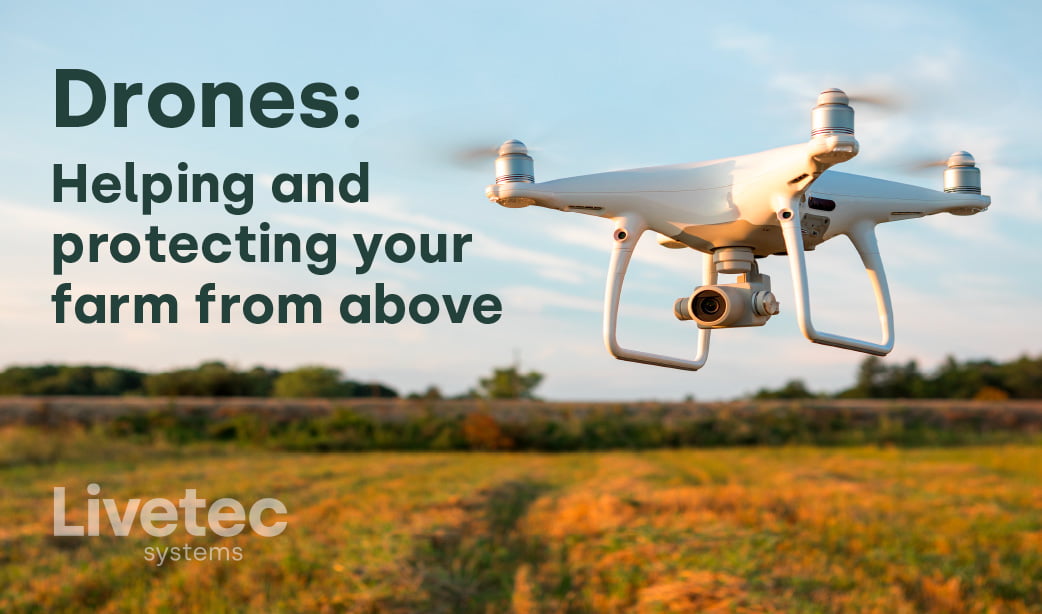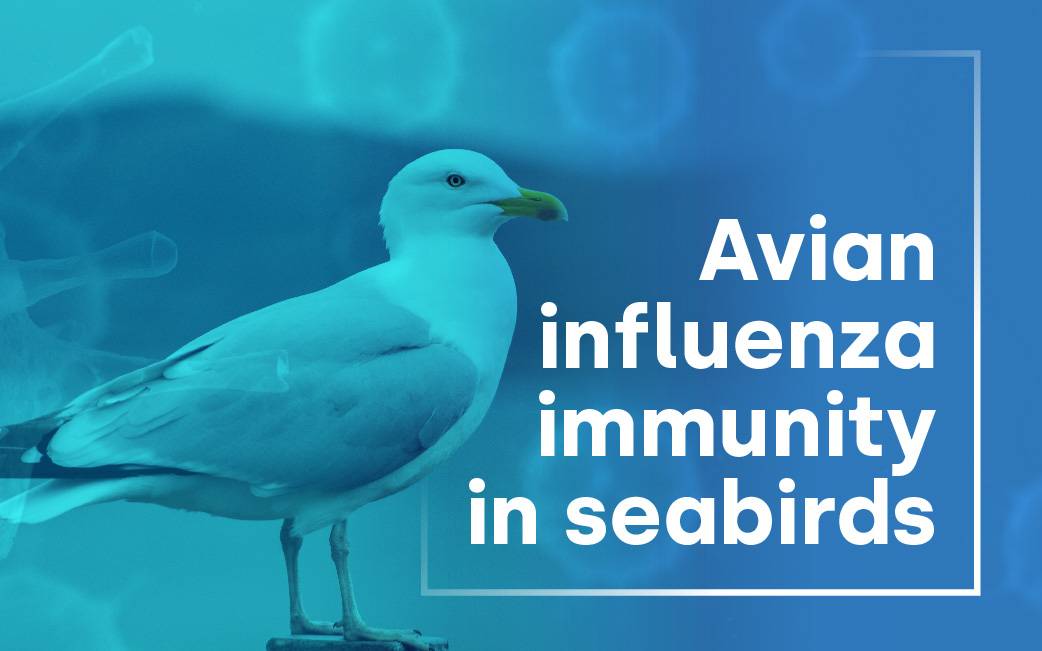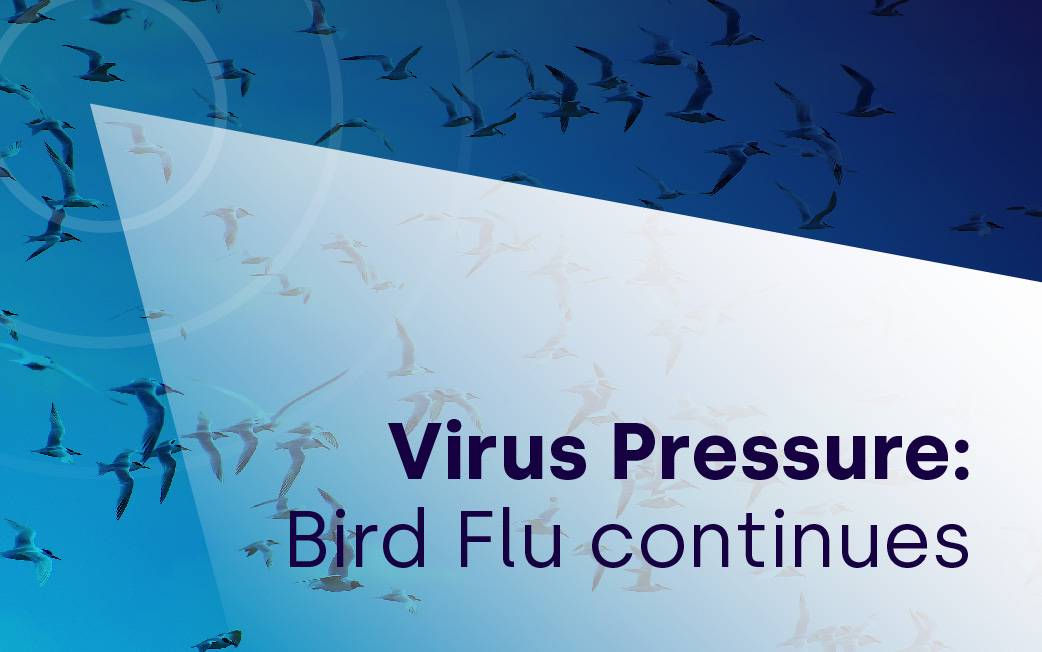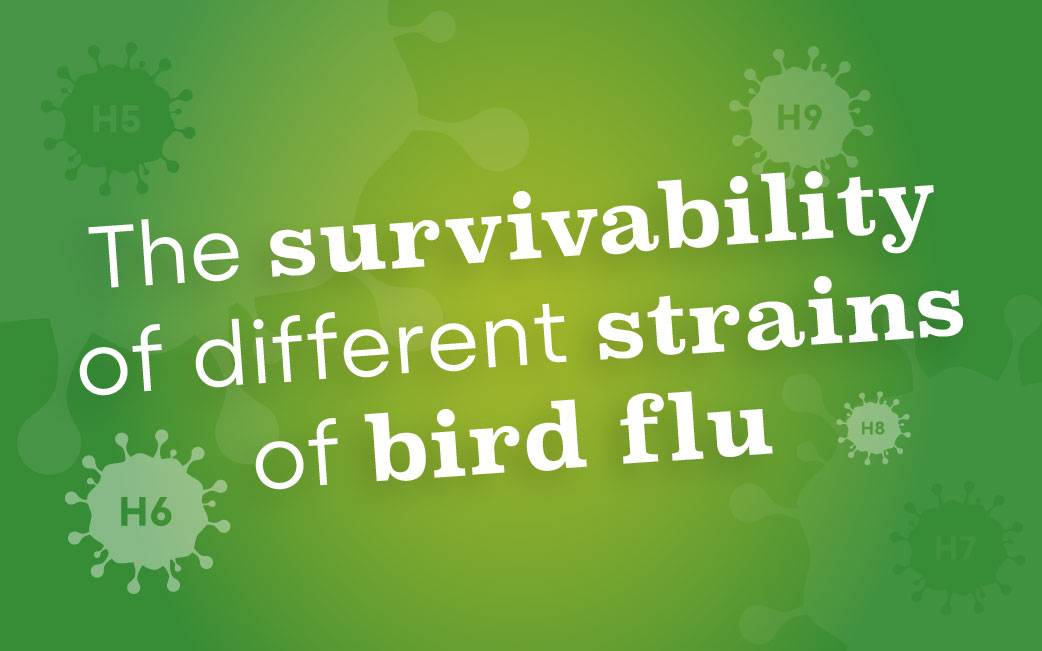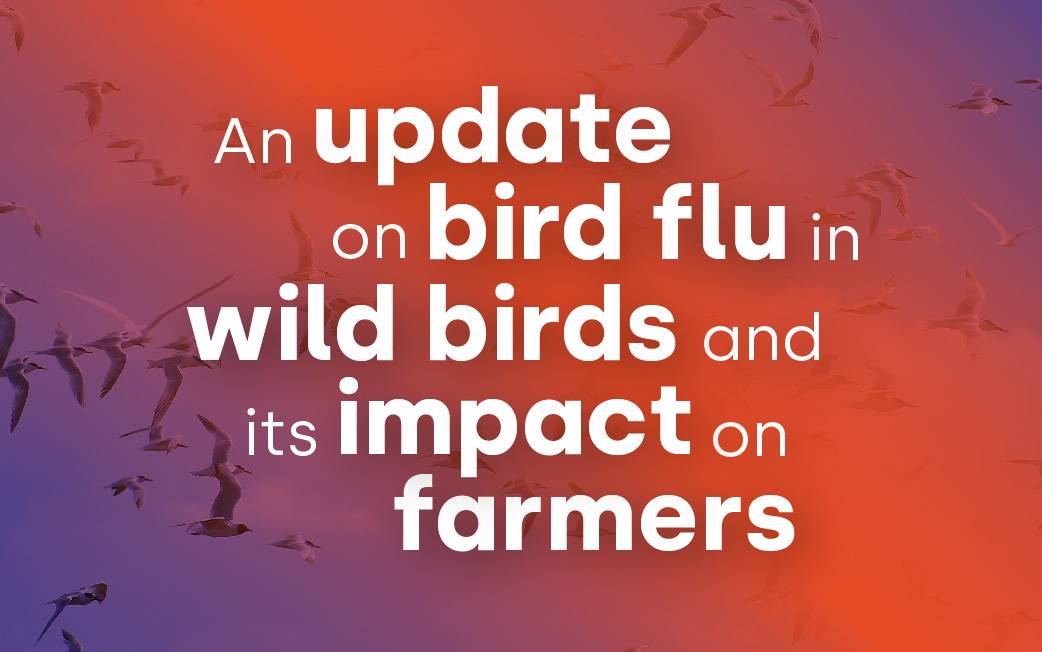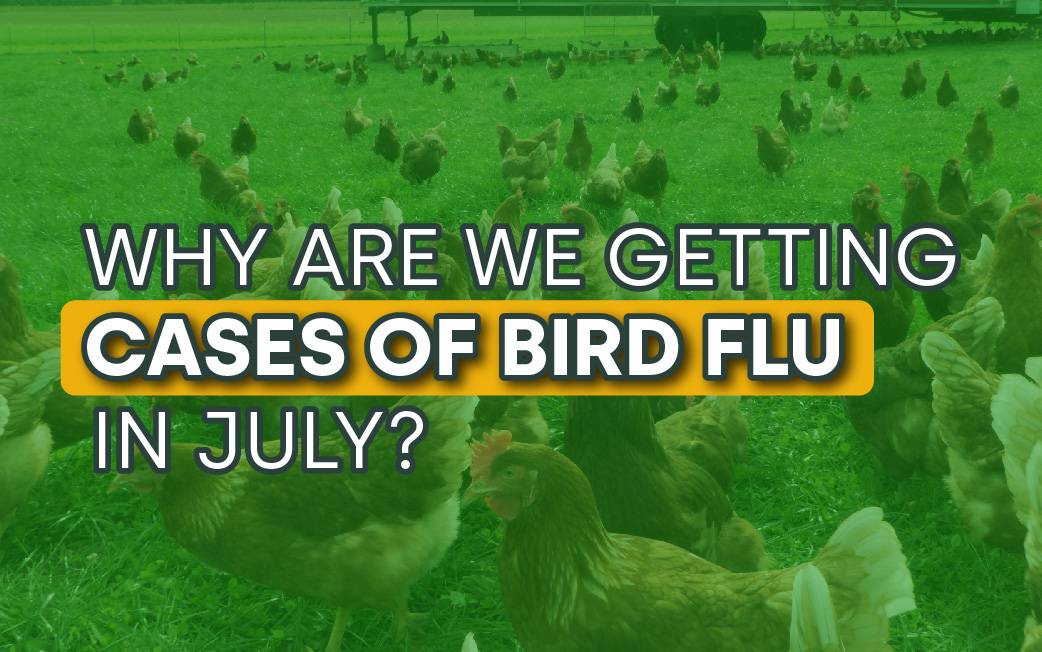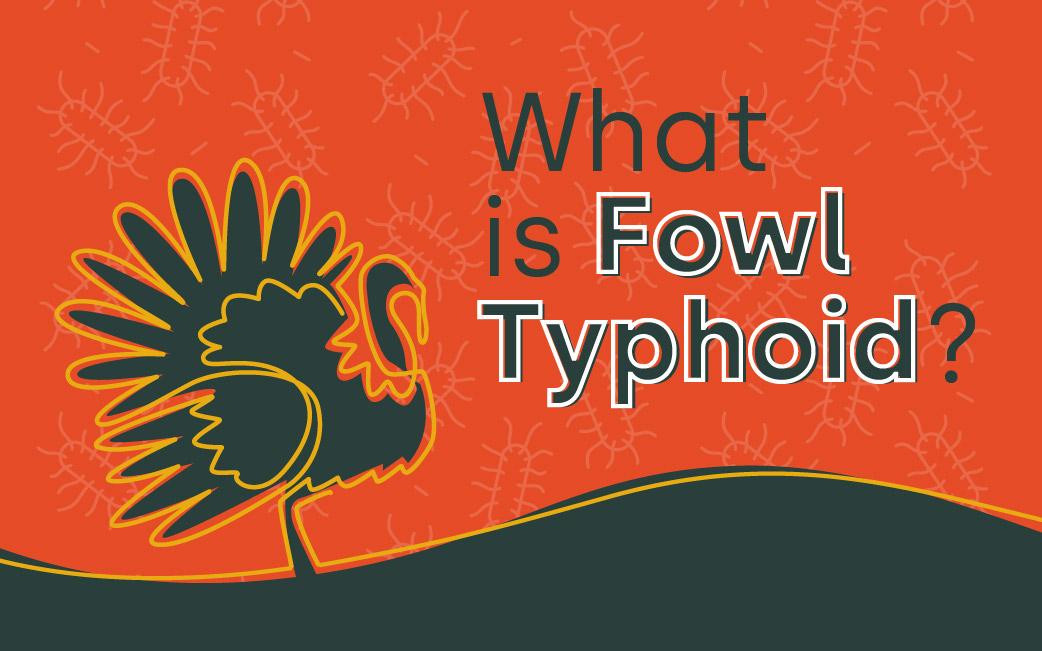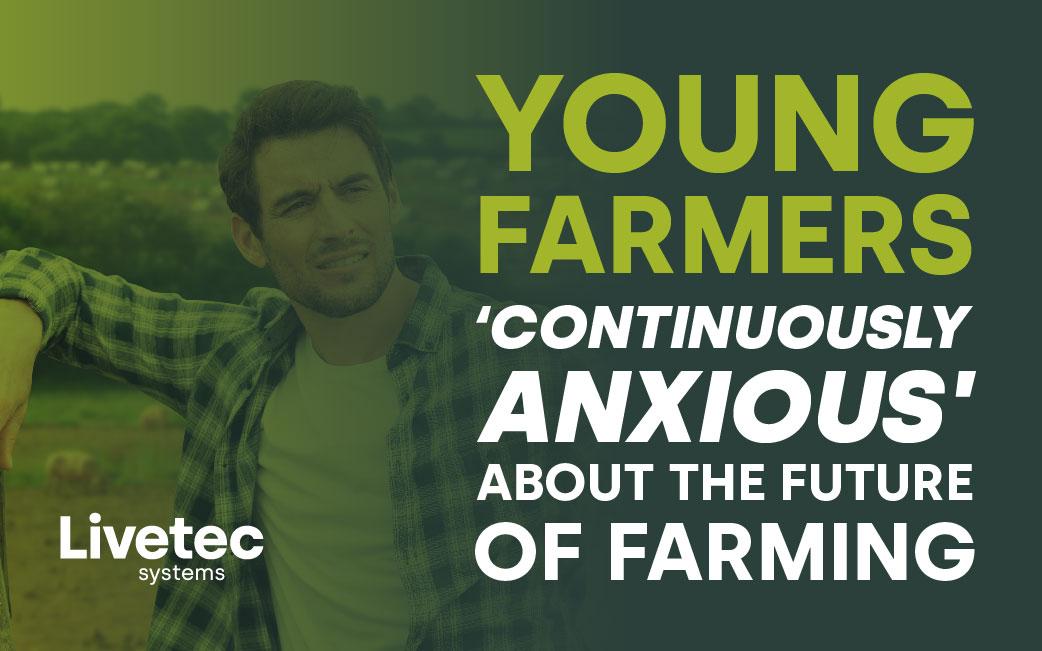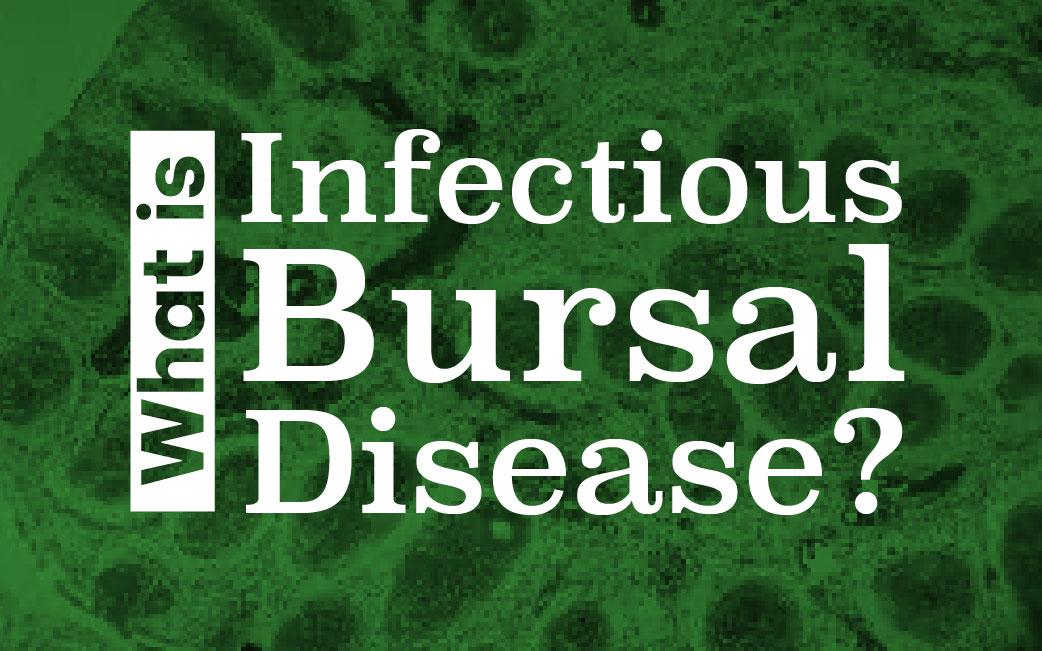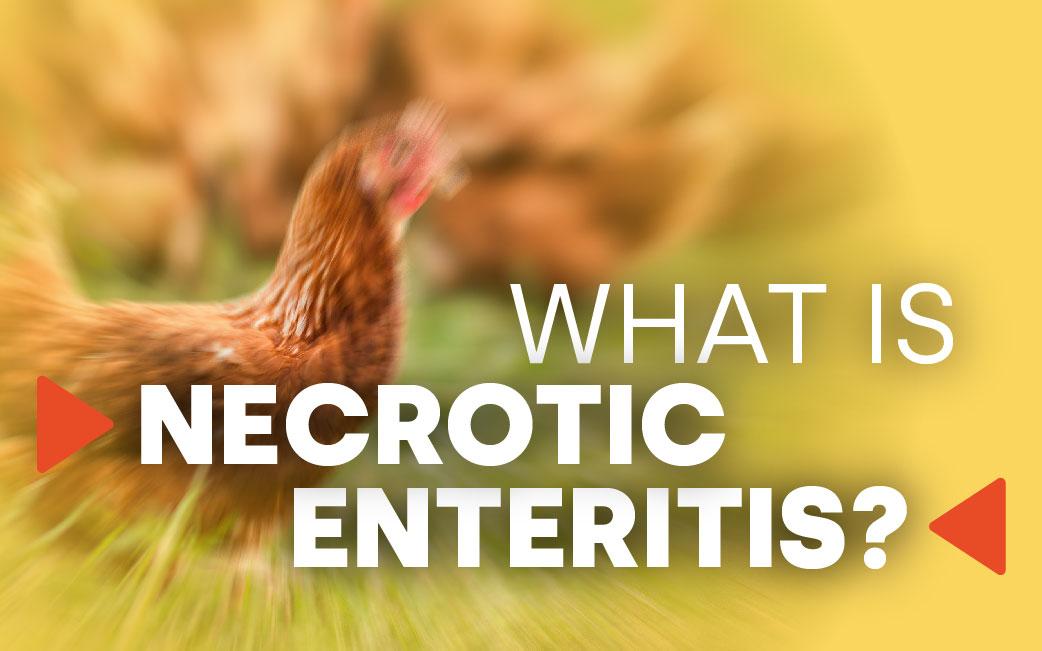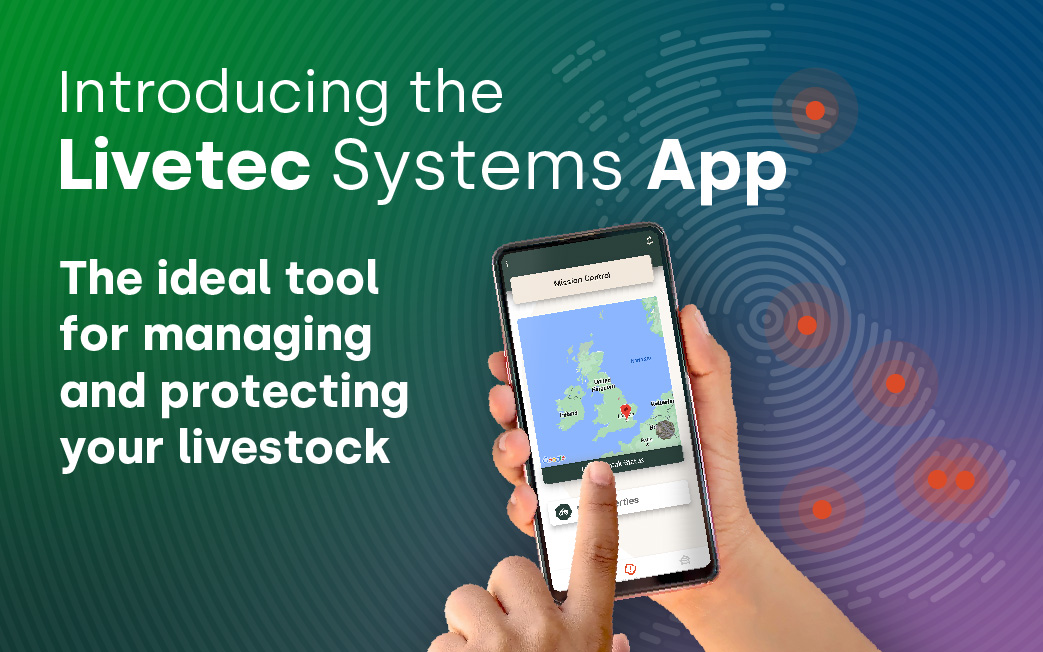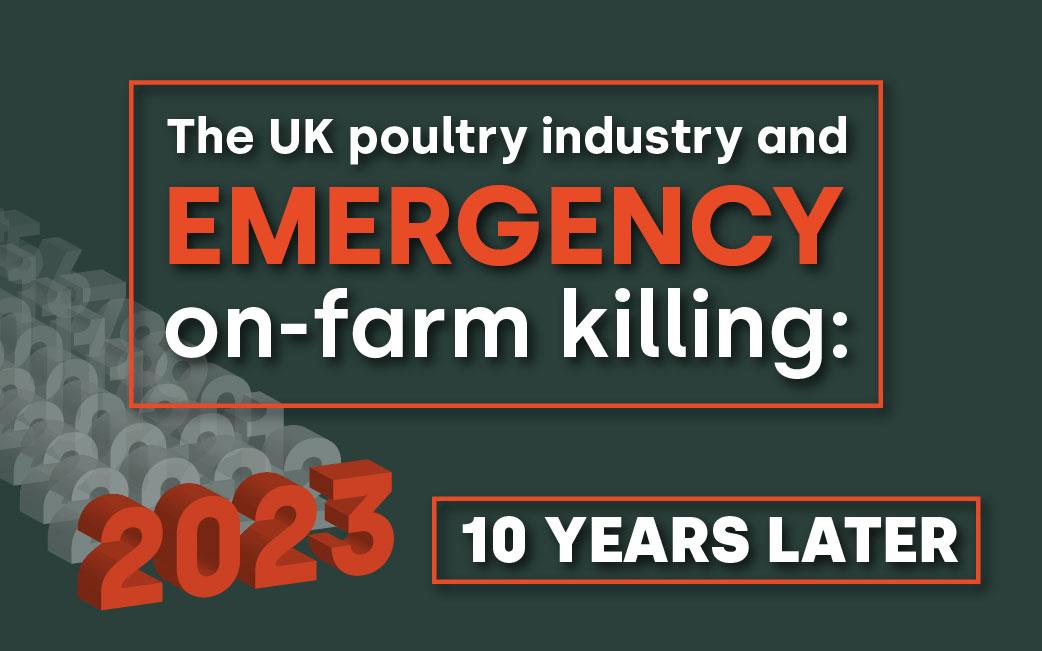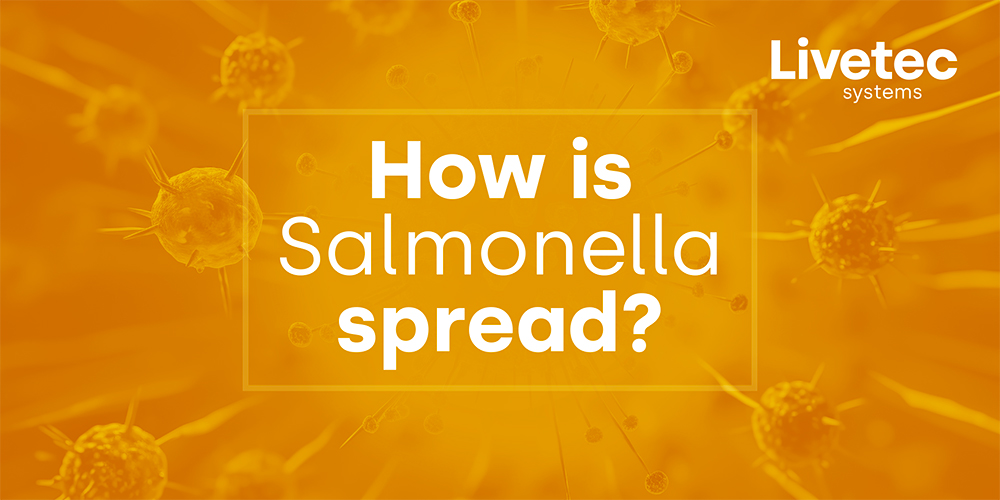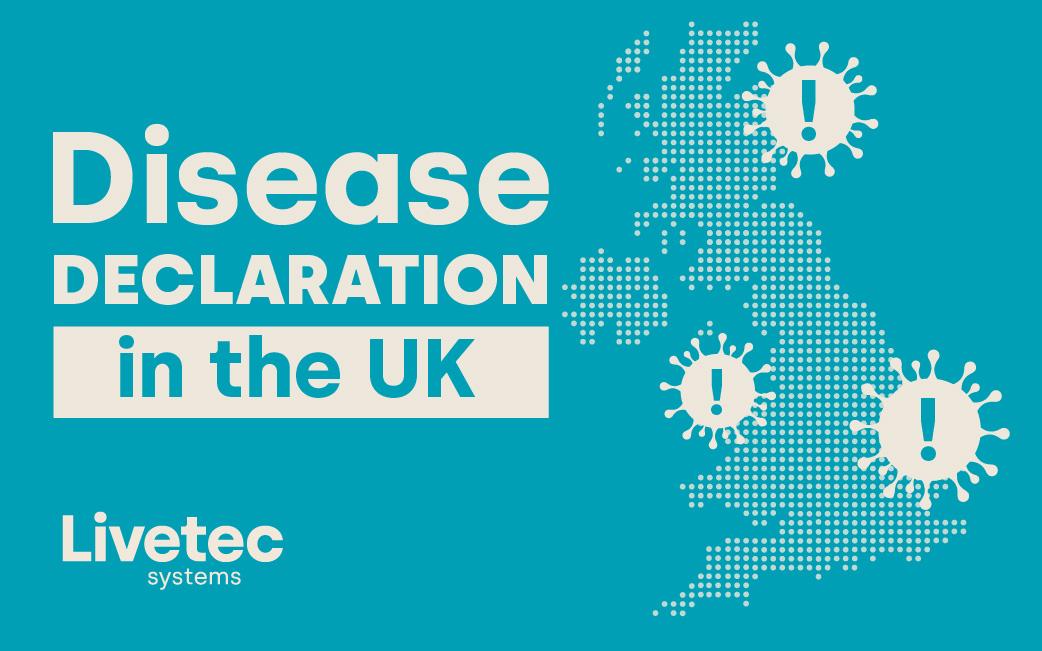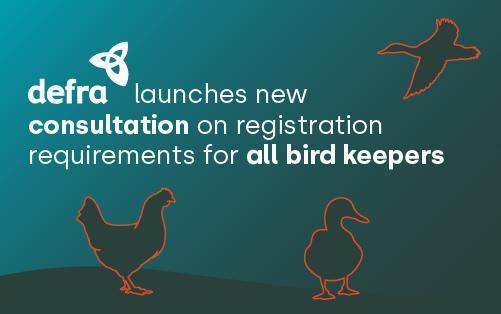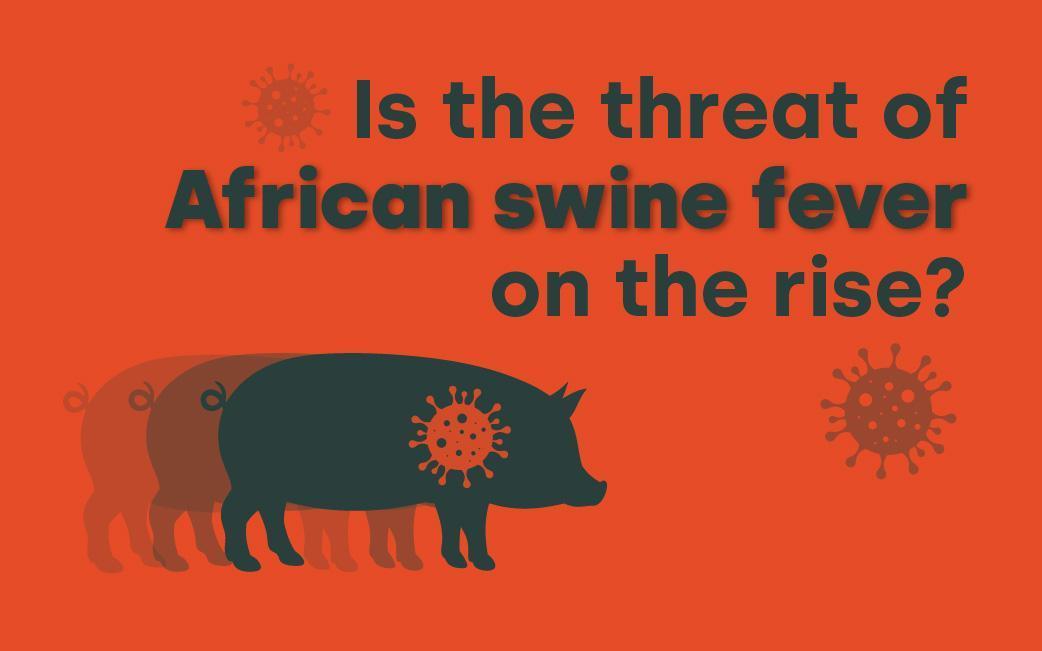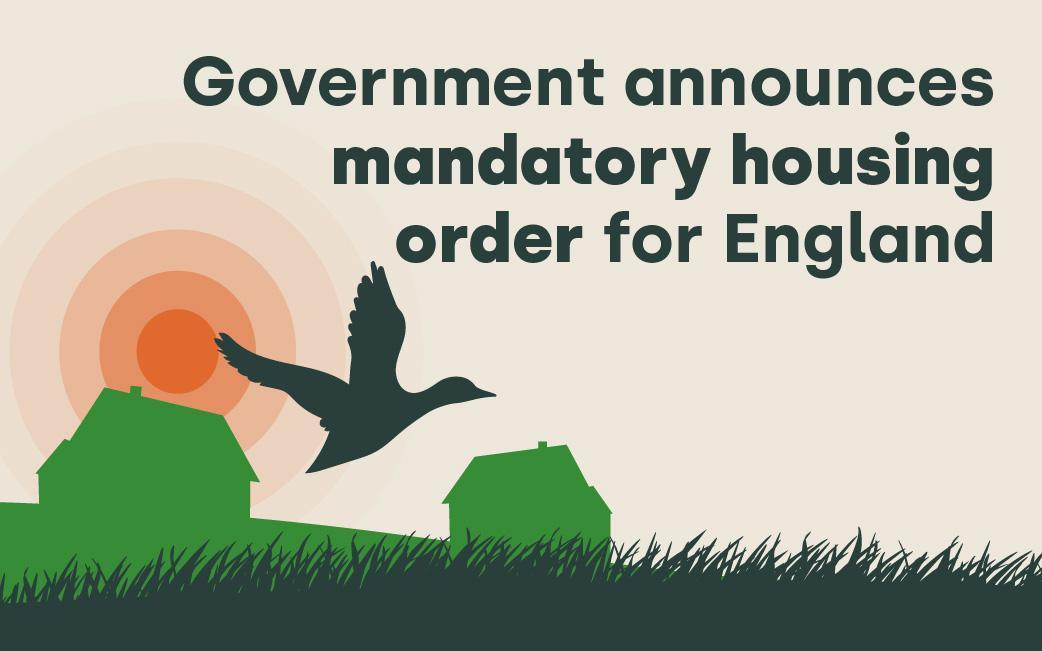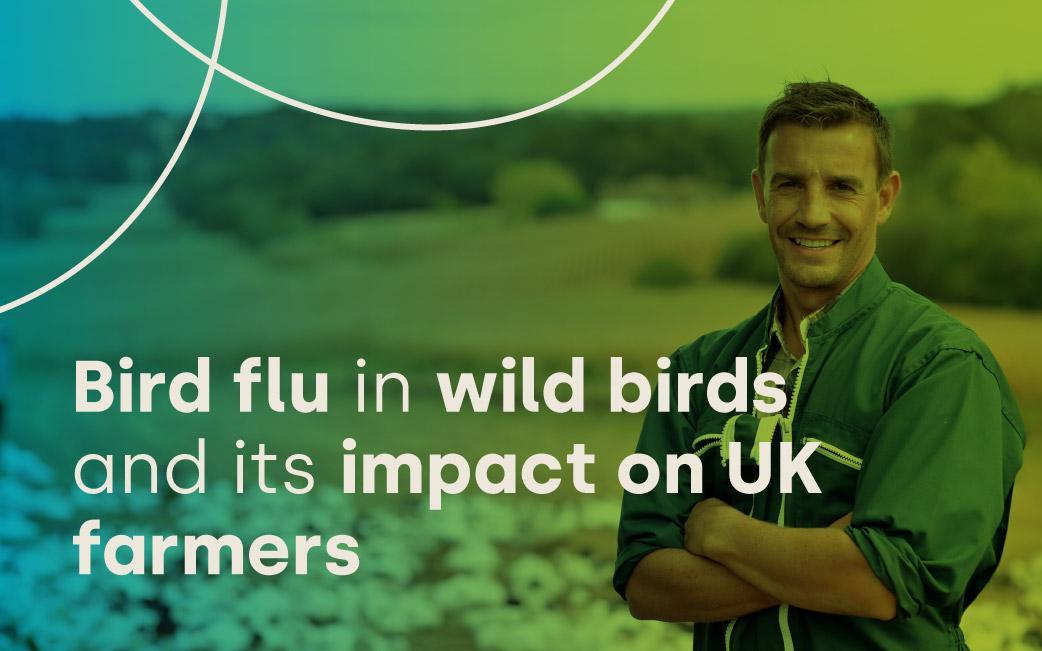Throughout 2022, bird flu greatly affected commercial poultry and wild birds across the UK. It cost the lives of millions of birds, with cases of the disease being reported all over the UK, from Scotland and Norfolk, to Cornwall and the Isles of Scilly.
Reports have shown that so far, 65 wild bird species have been impacted and that between the 1st October and 31st December, over a million chickens had to be culled due to confirmed cases of highly pathogenic avian influenza H5N1. Some research implies that the reason for the wider, more intense spread, is due to the strain itself, mutating.
The spread has caused Chief Veterinary Officers to implement a nationwide Avian Influenza Protection Zone across the UK, and subsequently, mandatory housing orders in England, Wales and Northern Ireland. Scotland is still yet to announce a housing order, despite a number of cases across the region.
The government’s message to poultry farmers and keepers is that ‘scrupulous biosecurity’ is essential, and that strict measures must be implemented and followed to reduce and avoid any further spread.
What are some of the symptoms of bird flu in chickens?
Some symptoms of bird flu in chickens can be tough to spot in individual birds, and can be observed easier across a flock, but affected birds will show one or many of the following symptoms:
- A sudden increase in mortality
- Swollen heads
- Swelling of the comb and wattles with a blue discolouration
- Dropping wings or dragging legs
- A twist in the neck or head
- Closed and watery eyes
- Lethargy, depression and unresponsiveness
- Loss of balance and coordination
- Tremors in the head and body
- Haemorrhaging on the shanks of the legs and under the skins of the neck
- Lack of appetite and decrease in water consumption
- Respiratory problems – gasping and coughing
- An increase in body temperature and fever
- Gurgling, sneezing and rattling
- Watery and discoloured droppings
- A noticeable reducing in egg production
Birds can also be infected with low pathogenic avian influenza (LPAI), which is a less serious strain of bird flu. Birds infected with LPAI may not show any signs of an infection apart from mild breathing problems and, in most cases, LPAI can only be confirmed by a laboratory test. However, should avian influenza be suspected at all, it is critical that it is reported, as strains of LPAI can mutate into highly pathogenic avian influenza.
Good biosecurity and vigilance are key to protecting your animals from disease.
How Livetec can help protect your farm
Livetec are the leaders in biosecurity, and are a supportive partner to poultry farmers across the UK. Our evidence-backed services and products provide the latest solutions to enhance disease prevention.
Our range of plans cover everything that bird keepers need, to have and do in order to protect their birds, including outlining biosecurity measures to prevent an outbreak, breaking down complicated jargon and regulations, what to do in an outbreak, and how to resolve one.
In addition, our unique Biosecurity Advisory Service provides farm businesses with on-farm visit with a Livetec biosecurity expert, to give on the spot advice that will minimise risks and maximise protection against deadly pathogens.
Find out more about our plans here.
Find out how Livetec can work with you to protect your poultry and contact us today.














